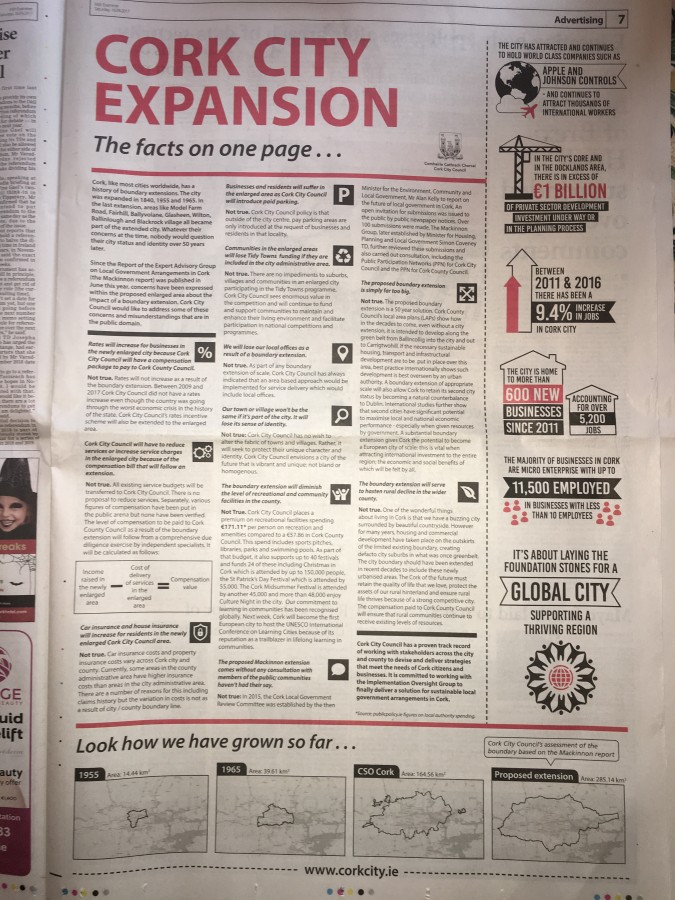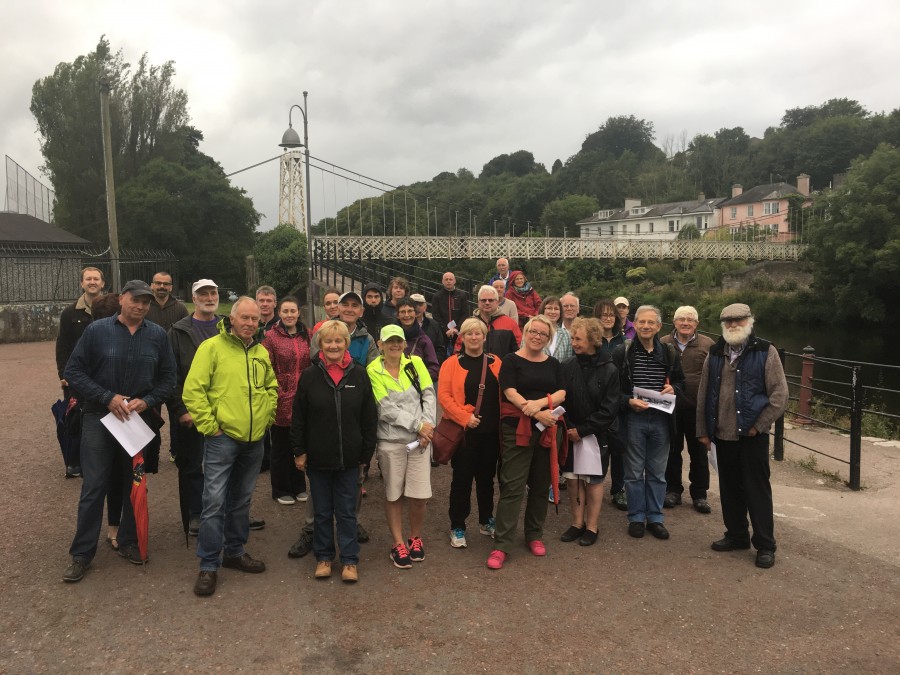Cllr Kieran McCarthy has called for that any future plans for the Atlantic Pond area to continue to protect this historic amenity and its environs. At recent City Council meetings concerns were raised with regards to flooding and possible pollution at the Atlantic Pond.
On foot of the issues raised an initial inspection of the Atlantic Pond was undertaken by the Director of Recreation, Amenity and Environment and Parks Section. The results of this initial inspection indicate that the recent flooding, which occurred in the area at high tides, due to the malfunctioning non-return valve at the pond outlet to the river, has resulted in the brackish salt water causing some “wilting” of the vegetation in the areas that were flooded i.e. the green areas and island. It is the view of the Parks Department that the trees and shrub vegetation will fully recover however some of the lawn areas may need to be reseeded. At present a more detailed examination of the soil and vegetation is being arranged in order to verify these initial findings.
Cllr McCarthy noted: “it has been pointed out to ward councillors by the Director of Recreation, Amenity and Environment that at this point in time there is no evidence that the issues seen at present in the Atlantic Pond are associated with pollution or other such harmful substance in the water. It has also been confirmed that there is no link between the issues being experienced at present and those that occurred in January 2017 has been found”.
In January 2017, there was a discolouration issue in one of the rivers feeding the Atlantic Pond. Cllr McCarthy continued; “this incident was fully investigated by the Environment & Recreation Directorate however the source of the discolouration could not be identified despite significant survey and investigative works. The water samples analysed in January during the discolouration incident did not contain any harmful substances in the water and no negative impacts on either plant or animal life were recorded associated with this incident”.
July Tours
Wednesday 19 July 2017, Shandon historical walking tour, with Cllr Kieran McCarthy; discover the history of one of Cork’s oldest streets woven with tales of castles, butter and historical churches; meet at North Gate Bridge, 6.45pm (free, duration: two hours)
Thursday 20 July 2017, Sunday’s Well historical historical walking tour with Cllr Kieran McCarthy; discover the original well and the eighteenth century origins of the suburb, meet at St Vincent’s Bridge, North Mall end, 6.45pm (free, duration: two hours)
Thursday, 27 July 2017, The Friar’s Walk, with Cllr Kieran McCarthy; discover Red Abbey, Elizabeth Fort, Callanan’s Tower and Greenmount area; meet at Red Abbey tower, 6.45pm (free, duration: two hours)
Friday 28 July 2017, The Lough and its history, historical walking tour with Cllr Kieran McCarthy; discover the legends and stories of the Cork Lough, meet at the green on northern end of the Lough, Lough Church end, 6.45pm (free, duration: two hours)
August Tours:
Kieran’s Heritage Week, 19-26 August 2017 as part of National Heritage Week, all free, 2 hours
Sunday, 20 August 2017, Cork Through the Ages, An introduction to the historical development of Cork City with Cllr Kieran McCarthy; meet at the National Monument, Grand Parade, 6.45pm (free, duration: two hours)
Monday 21 August 2016, Blackpool and its history, historical walking tour with Cllr Kieran McCarthy; Discover the history of education, industry and social housing, meet at the gates of North Mon School, Gerald Griffin Avenue, 6.45pm (free, duration: two hours)
Tuesday 22 August 2017, The Victorian Quarter; historical walking tour with Cllr Kieran McCarthy of the area around St Patrick’s Hill – Wellington Road and McCurtain Street; meet on the Green at Audley Place, top of St Patrick’s Hill, 6.45pm (free, duration: two hours)
Thursday 24 August 2017, The City Workhouse, historical walking tour with Cllr Kieran McCarthy; learn about the workhouse created for 2,000 impoverished people in 1841; meet at the gates of St Finbarr’s Hospital, Douglas Road, 6.45pm (free, duration: two hours)
Friday 25 August 2017, Legends and Histories of The Lough (new); historical walking tour with Cllr Kieran McCarthy, explore the local history from the Legend of the Lough to suburban development; meet at green area at northern end of The Lough, entrance of Lough Road to The Lough; 6.45pm (free, duration: two hours)
Saturday 26 August 2017, Fitzgerald’s Park; historical walking tour with Cllr Kieran McCarthy; learn about the story of the Mardyke to the great early twentieth century Cork International Exhibition, meet at band stand 1pm, note the afternoon time (free, duration: two hours)


